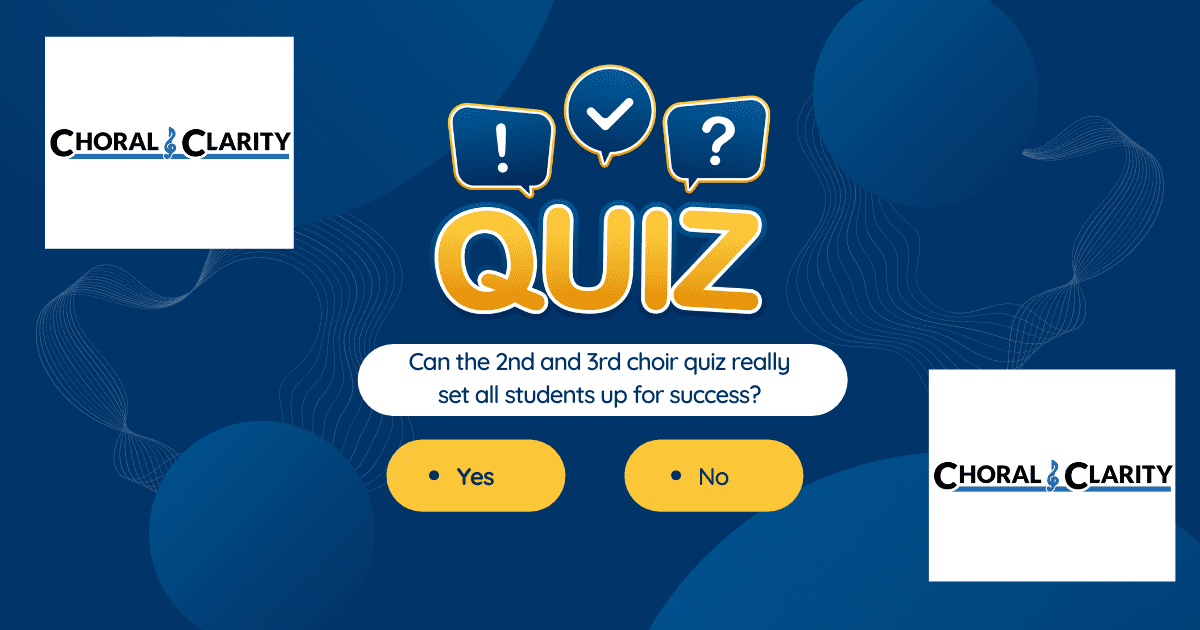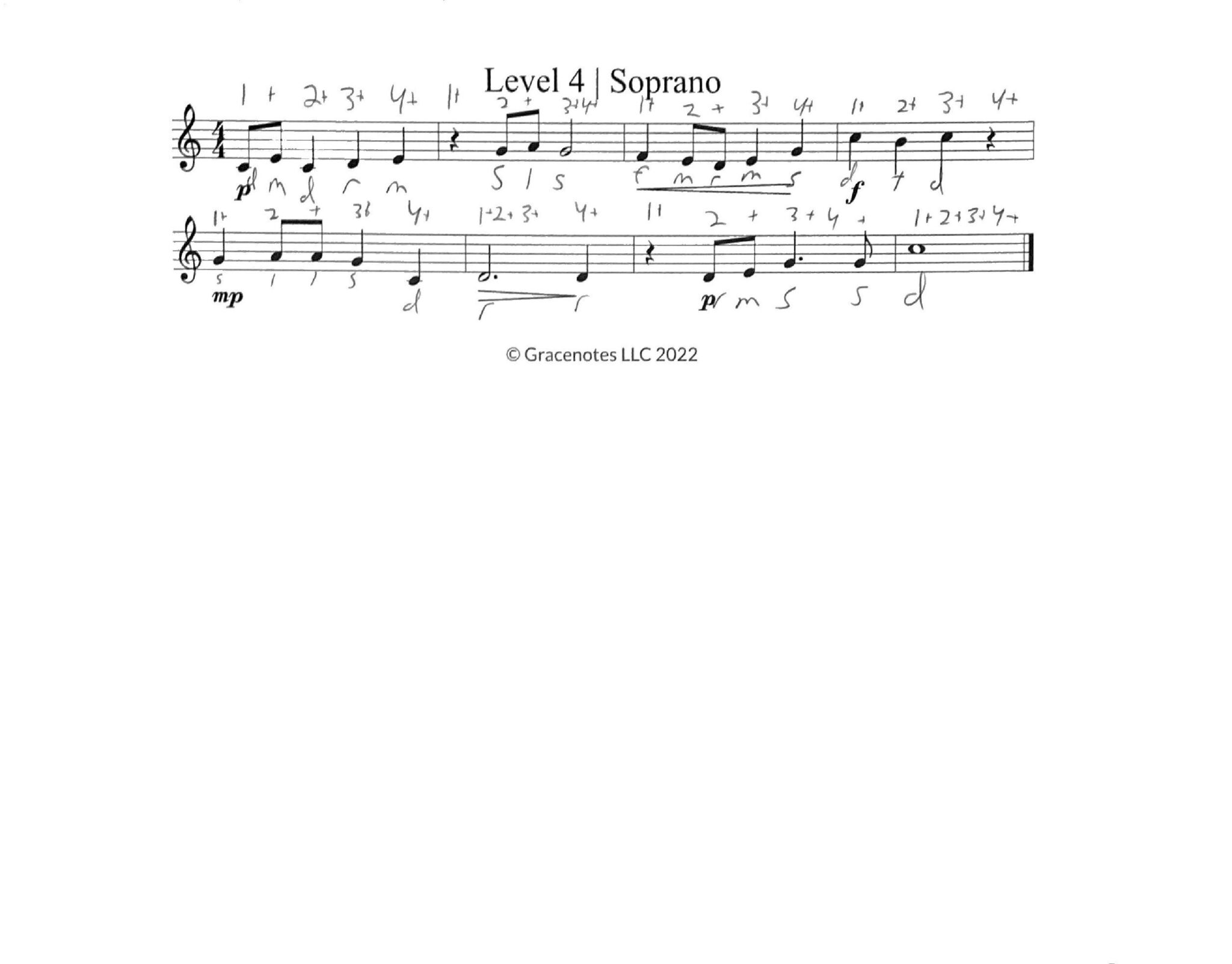Turning Fear into Fun
My 3-year-old daughter, Lyla, and I have the same natural disposition when it comes to starting new activities. For both of us, new physical and/or social activities evoke emotions that range from tentativeness, to outright fear while my wife, on the other hand, has always been a natural physical and social risk-taker.
As my wife and I provide new activities for Lyla (ballet, music class, art class, swimming), we must decide beforehand how strongly we intend to encourage her to participate while she is exhibiting these strong emotions; do we give into her fears and allow her to stop or do we push her to continue and fight through her emotional pain?
Around one-year old, we enrolled Lyla in a weekly 30 minute baby swim class, where one of us essentially held her in the pool while singing and playing with toys. Lyla pretty much cried through the first 3 classes, but somewhere in the middle of the fourth class she exhibited a short window of time where she appeared happy and playful in the water. She began to exhibit longer and longer periods of happiness in the water, but still had breakdowns each and every week.
At just under two-years old, we decided it was important to further continue her swimming development, so we enrolled her in one-on-one swim lessons where she was just with the instructor in the water. Similar to her experience in the baby swim class, Lyla’s first swim lesson was a total disaster; she cried and/or screamed for the entire 30 minutes. At the end of the trial lesson, we were given the option of continuing to pay-as-we-go or purchasing a 10 pass which essentially gave us the 10th lesson free. I was ready to take the pay-as-we-go option since I wasn’t sure how many more of these lessons, myself, Lyla, or the swim instructor could endure. My wife, strongly disagreed and told me what we were going to do: “We are getting the 10-pack and she is going to learn how to swim!”
Well, Lyla screamed through the first 3 lessons and into the first ten minutes of her 4th lesson when, all of a sudden, she stopped crying. (Thank goodness for her patient swim instructor!) From the 4th lesson on, she began to shift her demeanor; she still had times when she was upset with water in her nose, eyes, or mouth, but overall she started to have fun and enjoy herself.
Now at 3 years-old, Lyla is confident jumping into the water and can swim and float really well. As proud parents, we occasionally (ok, quite frequently) post videos on social media of our little girl swimming; our friends and colleagues constantly remark how amazing it is that she loves the water so much and how fearless she is. We call her a “little fishy.” Lyla absolutely loves the water and swims anywhere that has a pool.
Newsflash: My daughter is NOT fearless. She was petrified of the water. If her initial disposition to the pool dictated our decision on whether-or-not to give her swim lessons, we would not have continued this activity after her very first baby class, let alone after 3 excruciatingly tearful private swim lessons. My wife took a long term view of this “fearful” situation: if Lyla hadn’t learned to overcome her fear, she would always remain fearful of the water.
If this statement sounds overly-dramatic, I can tell you firsthand, this is precisely what happened to me; to this day, I stand like a champ in shallow water, but once the water is over my head, I enter Full Panic-Mode!
It’s important to note that a child’s fear, or anyone’s fear, must be understood; we, the adults, understood that Lyla was physically safe, always being cared for in the water, and she was in no actual danger. So we believed that pushing Lyla through her tunnel of fear was going to lead her toward an eternal pool of joy and happiness.
Sight-Singing Fear
Many students are fearful of sight-singing; what are their fears?
-they may have a great singing voice and feel insecure about showing their weakness
-they haven’t developed their ear yet, having no concept of pitch relationships, and don’t want anyone to find out
-they have no concept of lines and spaces, and are embarrassed
-they can’t keep time or don’t understand rhythm, so they sing slightly after everyone else, hoping they aren’t found out
– In general, many have the FEAR OF BEING FOUND OUT!
Fear is real. Even students who aren’t fearful at least experience tentativeness and some level of insecurity.
We know that fearful situations cannot be fun. So how do we move past the fear?
Please join the Choral Clarity Facebook Community in order to converse together and share your vision!
Here are 8 keys to turn sight-singing fear into fun:
1. Early Exposure
Introduce sight-singing as soon as possible. The longer we wait to bring it up, the more time that irrational fear is permitted to set-in. Early exposure means the earliest time we can possibly get them in the water. They may not react favorably, but we are there to keep them safe.
2. Normalize the Activity
We must not make a big deal of sight-singing. It is just like reading words. We learn to read AFTER we’ve learned to speak. Sight-singing should be approached by going from the known to the unknown. The known is sound (hearing and producing) followed by written symbols (notes, pitches, rhythms, etc). If they can’t hear it or produce it, the written notation has no meaning. Normalize it by doing as much aural training as possible.
Sight-Singing Developmental Rubric – for developing students who lack the underlying sight-singing skills
3. Gradual Transition #1: Use the written solfege syllables without music notation
If students get used to the solfege syllables through sound first (Curwen hand signs, for example), and then produce those sounds with the written syllables, they will begin to gain comfort with reading; sure it’s not note-reading, but it is the concept of reading words that are affiliated with pitches in their head. For more information about this approach, click here.
The Best Ear-Training Exercise You Will Ever Use
4. Gradual Transition #2: Move from written solfege to note-reading
One concept that I find works quite well is beginning with just 5 consecutive notes (do, re, mi, fa, sol), all quarter notes, on the board and pointing to one note at a time. After pointing to Do, Re, Mi, Fa, Sol, I suggest pointing to them in reverse (descending). From there, perhaps randomizing the order of what we point to, and continuing to repeat intervals until they are sung correctly and consistently. Essentially, we are doing what is proposed in the previous step, but with a more limited range, and actually using notes on a staff.
6 Reasons Why Your Singers Can’t Sight-Sing
5. Gradual Transition #3: keep the reading simple
The aural training from key #3 lead to 5 consequence diatonic notes written on the staff in key #4. In Key #5, we take those same five notes and write them into a 8 measure exercise with quarter notes, half-notes, and whole notes.
Try SIGHT READING FACTORY and save 10% using code: choralclarity
6. Consistency and Repetition
If the students sight-sing every day, it will become their norm. Sure, they may gripe at the beginning, but it’s our job to normalize the activity and consistently do it. This is not about convincing them why it’s important. The less we talk and the more they “just do it”, the more of a routine it will become. This process of repetition will lead to comfort, which will allow the fun to begin to happen.
Star-Spangled Banner (SAB – Unaccompanied) – Easy to learn, patriotic, sounds full, and concise! (also available for SSA!)
7. Create successful, positive moments
Find a way to get all students to feel successful each and every day. If an exercise is attainable for some but not for others, repeat it over and over again until the entire group gets it. When an entire 8 measure exercise it too difficult for some, focus on one measure. There’s always a spin that can be taken on when repeating an exercise: increase the speed, have each section or row perform the exercise or perform one exercise where each section jumps in to sing their measure. Try repeating the exercise from the ending back to the beginning or write out a simple song (Mary Had A Little Lamb, Twinkle Twinkle, etc) and having them uncover it. Self-discovery leads to self-motivation and motivated students are having fun!
Self-Assessment Rehearsal Participation Rubric(s)
8. Use a Program or System that allows for more opportunity, and less work on your behalf
By having a computerized program that can generates endless, customized sight-singing examples, we can eliminate our prep work and are always ready to engage our singers. I swear by Sight Reading Factory as it has greatly improved my effectiveness as a teacher. When I begin each class, I’m already logged in with the specific parameters I’ve created (key signature, time signature, types of notes, level of difficulty, etc).
If students sight-sing every day, and perform several 8 measure exercises in a row, it becomes normal and engaging. I compare this to a language teacher beginning every class with a conversation.
Try SIGHT READING FACTORY and save 10% using code: choralclarity
Sight Reading Factory allows potential customers to try their program for free on their home page without even signing up. Should you decide to purchase a subscription which is really reasonable (just $35 plus 10% off with code: choralclarity, you will have additional parameters beyond the trial page. The program is really intuitive, and easy to use; there is little to no learning curve.
Every day, my students enter the room with a sight-singing example ready to go on the board. One click, and I change to a new example that meets the same parameters. I target different things in my daily generated examples depending on my specific goal (a specific interval, a specific rhythm, 6/8 time, etc); as a result, I can target a group’s weakness until they overcome their fear! 6/8 is a perfect example; I have found the my students fear 6/8 time and once they gain comfort, the absolutely enjoy every example in that meter.
But where’s the fun?
I’ve written several blog posts that specifically tackle specific sight-singing and ear-training issues. This blog is supposed to be the “fun” one. So where is it?
Let’s end where we began: my daughter and her swimming. Why is Lyla having fun in the water now? She has become a little fishy because she overcame her fear and I am grateful that my wife understood the importance of not giving-in to Lyla’s short-term fears and for seeing the process through for a lifetime of benefits.
This all happened through early exposure, normalizing the water, transitioning (from baby classes with a parent to one-on-one lessons), consistency, small wins, and additional opportunities to use her skills playfully and freely at friend’s pools and on vacations. Swimming is FUN for her because she feels safe, comfortable, confident, and successful.
Kids will make any activity FUN once we have provided the environment, tools, and the system to help them to first overcome their fears!






I started with this day 1 using a similar process..new to the kids. I begin with a canon. then move to their part in a score. it’s week 3 ..they are reading music for concert and I am not playing one note. Not being their regular teacher..there was skepticism at first..now that they are sounding like something they are so excited and proud of themselves for using their brains. They are used to aural training so infusing that is easy..reading HAS to be introduced before anything else in September.
I mix up the process..one song all on solfege first..one song ..parts solfege ..part aural..one song aural. Solfege every day at warmups. Keeps them happy and I don’t compromise my beliefs.